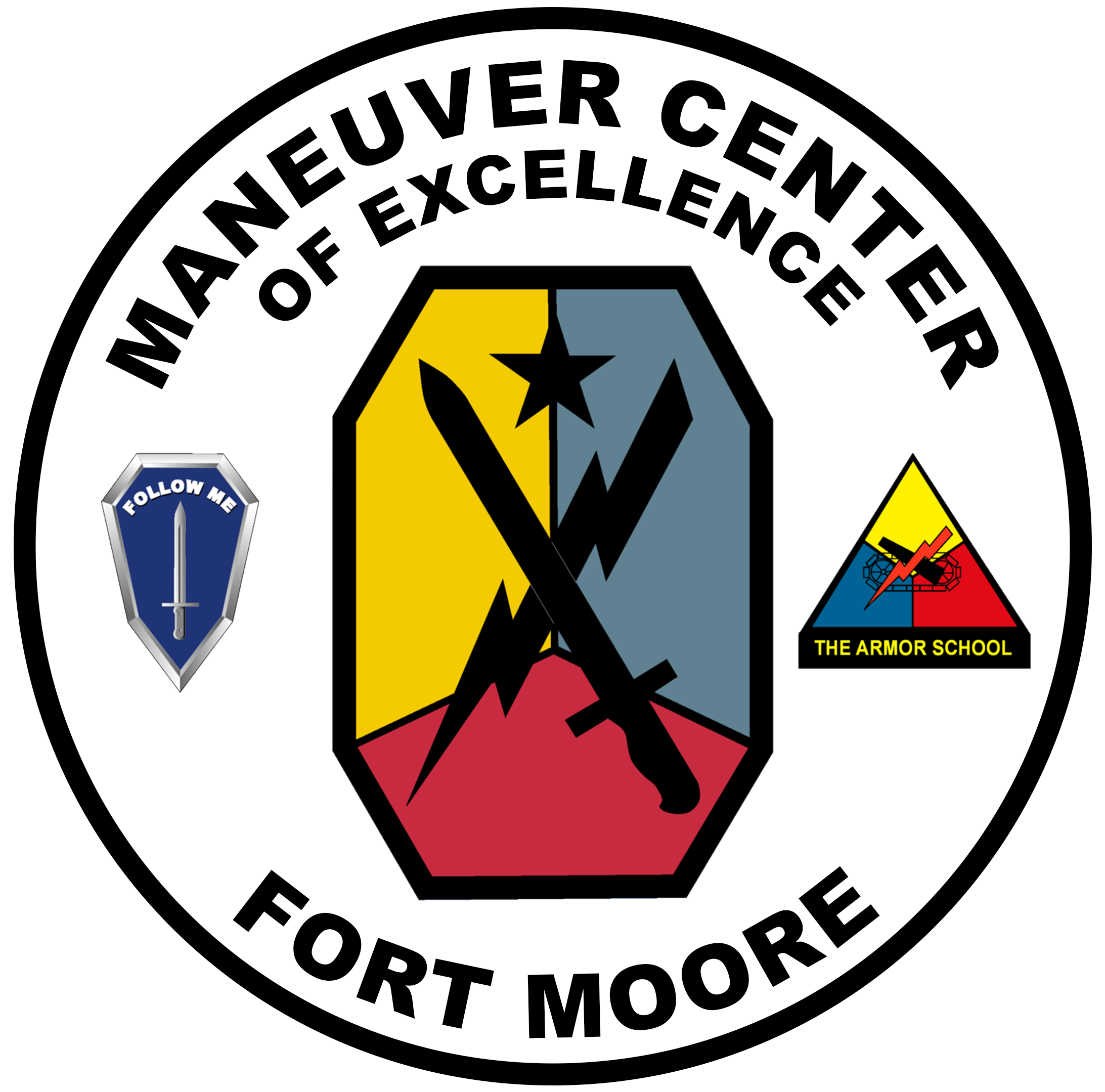Fort Benning
U.S. Army Fort Benning and The Maneuver Center of Excellence

MCoE Homepage
Community Information
US Army MCOE Facebook Page
Fort Benning promotes warfighter readiness with new Installation Reception Center
FORT BENNING, Ga. – Fort Benning activated its Installation Reception Center during a ceremony held June 5, 2025, marking a significant step forward in streamlining the in-processing experience for Soldiers. The center is designed to enhance warfighter readiness by rapidly connecting inbound Soldiers and their families with essential installation resources, while also providing dedicated support for a smooth transition into their new roles....
Read More










